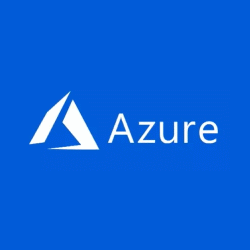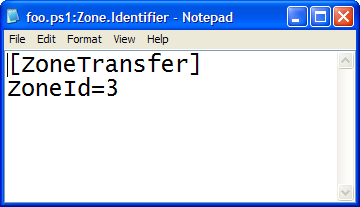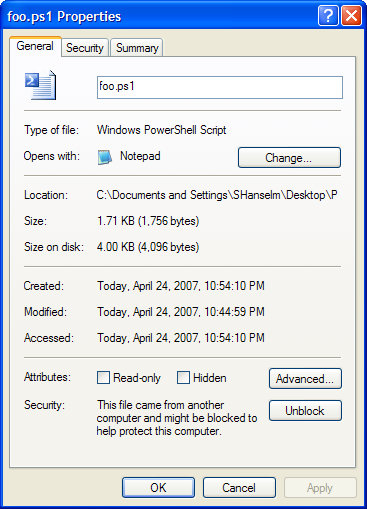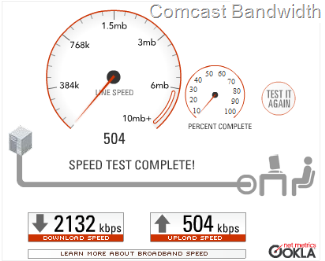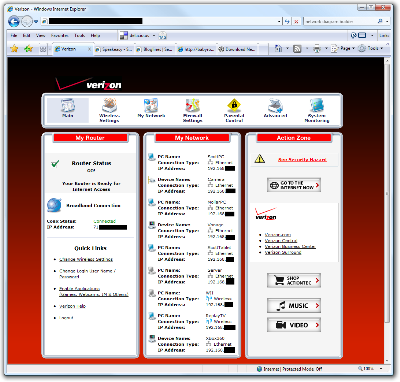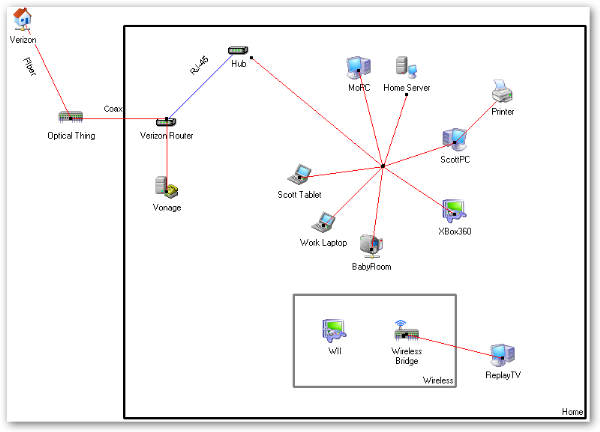Hanselminutes Podcast 61 - Inside the Mind of Chris Sells and The Last 15 Years of Programming - Part 1 of 2
 My sixty-first podcast is up. In this shocking episode, I visit the home of Chris Sells and we make up a topic for the show! I suggested we talk about what programming will look like in 15 years, and Chris countered with the suggestion that we chat about the LAST 15 years first, then the next 15. We have a blast when we chat, so this show went long, almost 50 minutes, so we cut it in half so as not to waste the listeners time. Chris had a bit of an allergy to me and coughed a few times and we weren't able to fix the sound, so forgive me (and Chris) ahead of time.
My sixty-first podcast is up. In this shocking episode, I visit the home of Chris Sells and we make up a topic for the show! I suggested we talk about what programming will look like in 15 years, and Chris countered with the suggestion that we chat about the LAST 15 years first, then the next 15. We have a blast when we chat, so this show went long, almost 50 minutes, so we cut it in half so as not to waste the listeners time. Chris had a bit of an allergy to me and coughed a few times and we weren't able to fix the sound, so forgive me (and Chris) ahead of time.
Part Two will be posted tomorrow so you don't have to wait a week.
Next week I'll be at Mix, and I'll have an interview with ScottGu about Silverlight as well as some other surprises.
ACTION: Please vote for us on Podcast Alley! Digg us at Digg Podcasts!
Links from the Show
Do also remember the complete archives are always up and they have PDF Transcripts, a little known feature that show up a few weeks after each show.
Telerik is our sponsor for this show.
 Telerik is a new sponsor. Check out their UI Suite of controls for ASP.NET. It's very hardcore stuff. One of the things I appreciate about Telerik is their commitment to completeness. For example, they have a page about their Right-to-Left support while some vendors have zero support, or don't bother testing. They also are committed to XHTML compliance and publish their roadmap. It's nice when your controls vendor is very transparent.
Telerik is a new sponsor. Check out their UI Suite of controls for ASP.NET. It's very hardcore stuff. One of the things I appreciate about Telerik is their commitment to completeness. For example, they have a page about their Right-to-Left support while some vendors have zero support, or don't bother testing. They also are committed to XHTML compliance and publish their roadmap. It's nice when your controls vendor is very transparent.
As I've said before this show comes to you with the audio expertise and stewardship of Carl Franklin. The name comes from Travis Illig, but the goal of the show is simple. Avoid wasting the listener's time. (and make the commute less boring)
- The basic MP3 feed is here, and the iPod friendly one is here. There's a number of other ways you can get it (streaming, straight download, etc) that are all up on the site just below the fold. I use iTunes, myself, to listen to most podcasts, but I also use FeedDemon and it's built in support.
- Some other clients are Doppler (also suppose Windows CE), FireAnt, Nimiq, and PrimeTime Podcast.
- Note that for now, because of bandwidth constraints, the feeds always have just the current show. If you want to get an old show (and because many Podcasting Clients aren't smart enough to not download the file more than once) you can always find them at http://www.hanselminutes.com.
- I have, and will, also include the enclosures to this feed you're reading, so if you're already subscribed to ComputerZen and you're not interested in cluttering your life with another feed, you have the choice to get the 'cast as well.
- If there's a topic you'd like to hear, perhaps one that is better spoken than presented on a blog, or a great tool you can't live without, contact me and I'll get it in the queue!
Enjoy. Who knows what'll happen in the next show?
About Scott
Scott Hanselman is a former professor, former Chief Architect in finance, now speaker, consultant, father, diabetic, and Microsoft employee. He is a failed stand-up comic, a cornrower, and a book author.
About Newsletter



